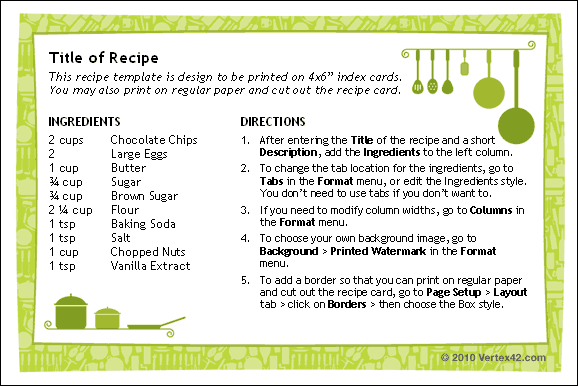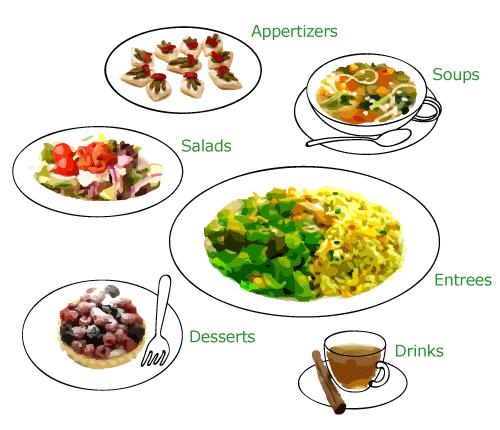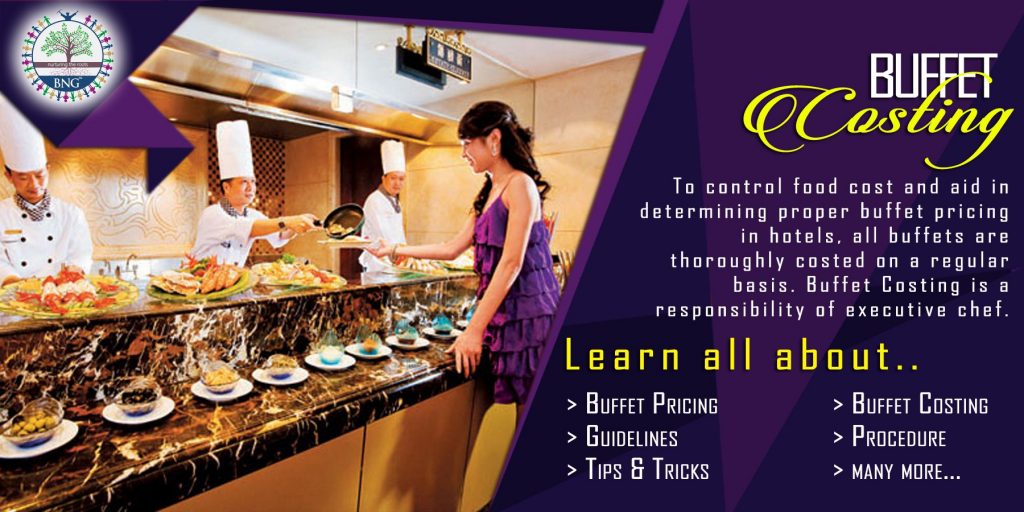Standardized Recipes
Standardized recipes are one that “has been tried, adapted, and retried several times for use by a given food service operation and has been found to produce the same good results and yield every time when the exact procedures are used with the same type of equipment and the same quantity and quality of ingredients” in the manual. The terms “quantity recipes” and “standardized recipes” often are confused with each other. Many recipes are written to produce large quantities of food. Any recipe that produces 25 servings or more is termed a quantity recipe. Quantity recipes are not standardized, however, until they have been adapted to an individual school food service operation.
Components of a Standardized Recipe:
Standardized recipes should include the following information:

- Recipe title
- Recipe category
- Ingredients
- Weight/volume of each ingredient
- Preparation instructions (directions)
- Cooking temperature and time
- Serving size
- Recipe yield
- Equipment and utensils to be used
Advantages of Standardized Recipes:
Using standardized recipes provides many advantages. These advantages include:
- Consistent food quality: The use of standardized recipes ensures that menu items will be consistent in quality each time they are prepared and served.
- Predictable yield: The planned number of servings will be produced by using standardized recipes. This can help to reduce the amount of leftover food if there has been overproduction, and also will help to prevent shortages of servings on the line. A predictable yield is especially important when food is transported from a production kitchen to other serving sites.
- Customer satisfaction: Well-developed recipes that appeal to students are an important factor in maintaining and increasing student participation levels. Schools may take a lesson from national restaurant chains that have developed popular menu items consistent in every detail of ingredient, quantity, preparation, and presentation. Standardized recipes provide this consistency and can result in increased customer satisfaction.
- Consistent nutrient content: Standardized recipes will ensure that nutritional values per serving are valid and consistent.

- Food cost control: Standardized recipes provide consistent and accurate information for food cost control because the same ingredients and quantities of ingredients per serving are used each time the recipe is produced.
- Efficient purchasing procedures: Purchasing is more efficient because the quantity of food needed for production is easily calculated from the information on each standardized recipe.
- Inventory control: The use of standardized recipes provides predictable information on the quantity of food inventory that will be used each time the recipe is produced.
- Labour cost control: Written standardized procedures in the recipe make efficient use of labour time and allow for planned scheduling of food service personnel for the work day. Training costs are reduced because new employees are provided specific instructions for preparation in each recipe.
- Increased employee confidence: Employees feel more satisfied and confident in their jobs because standardized recipes eliminate guesswork, decrease the chances of producing poor food products, and prevent shortages of servings during meal service.
- Reduced record keeping: A collection of standardized recipes for menu items will reduce the amount of information required on a daily food production record. Standardized recipes will include the ingredients and amounts of food used for a menu item. The food production record will only need to reference the recipe, number of planned servings, and leftover amounts.
- Successful completion of State/Federal reviews: Standardized recipes are a source of documentation for the School Meals Initiative (SMI) reviews. SMI reviews determine how well schools are meeting the statutory nutrition standards. Schools using a Food-Based Menu Planning System provide a week of menus, recipes, and production records for nutrient analysis by the State Agency. A review cannot be completed if the recipes are missing information or provide inaccurate information on ingredients, yield, or serving size. The Nutrient Standard Menu Planning and Assisted Nutrient Standard Menu Planning Systems also require standardized recipes to ensure that the nutrient analysis is accurate. Menus, recipes, production records, and the nutrient analysis are kept on file for review.
Find a List of BNG Standard Recipe …here
Disadvantage of Standardized Recipes:
These disadvantages include:
- Less creativity allowed in standardize recipe
- The time it takes to develop a good working recipe
- The time it takes to train staff to follow recipes exactly
- One of the disadvantages is that if you have to make any changes at all because you might not have the exact ingredients there will be a change in how good the food is. Another thing is that changes in altitude change how well things bake and boil. At sea level the boil temperature of water is 100 degrees Celsius while at 2000 feet the boil point is only 98 or 96 degrees.




